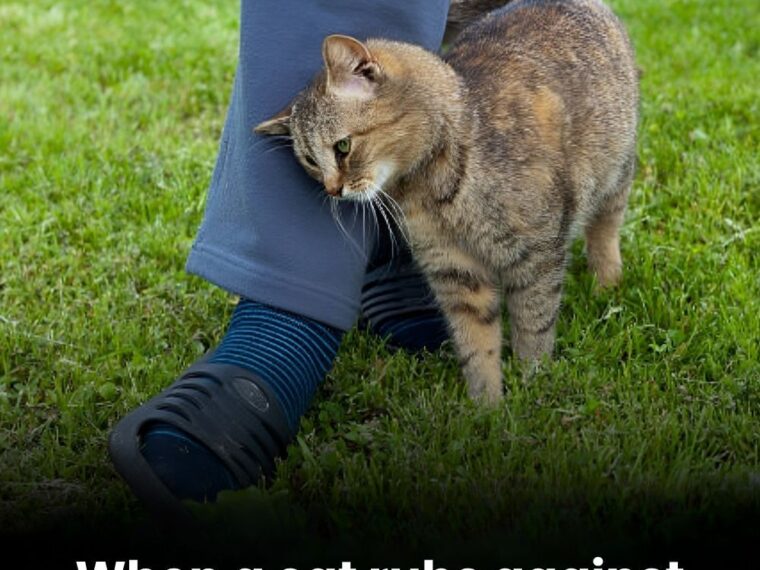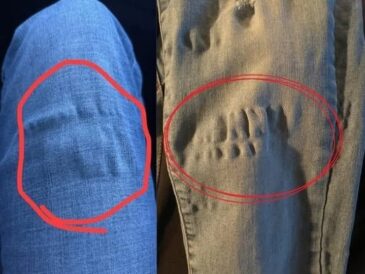Different Types of Rubbing & Their Meanings
| Type of Rubbing | Meaning |
|---|---|
| Head bumping (bunting) | Strong trust & affection |
| Full body rub | Social bonding & territory marking |
| Tail wrapping around your leg | Friendly greeting & emotional connection |
| Face rubbing | Sharing scent, claiming you |
| Quick rub then walk away | “Follow me — I want something!” |
Not Always Positive
While rubbing is usually affectionate, there are rare exceptions:
- Excessive rubbing of furniture or humans can indicate stress
- Rubbing head against objects repeatedly could be a sign of neurological issues (rare but possible)
If rubbing is accompanied by disorientation, behavior change, or other unusual symptoms, consult a vet.
How to Respond
To strengthen your bond:
- Gently pet your cat in return — especially around the head and neck
- Speak softly to reinforce positive association
- Blink slowly back at your cat (this mimics feline trust signals)
- Avoid sudden movements — let your cat lead the interaction
Fun Fact
Tigers, lions, and other wild cats also use rubbing to greet and bond with their pride members — showing this behavior is deeply instinctual and not exclusive to domestic cats.
Final Thoughts
When your cat rubs against you, it is showing trust, affection, and claiming you as part of its family. It’s a complex mix of instinct, social bonding, and communication — backed by science and evolutionary behavior.
So the next time your cat brushes against your leg, remember:
You are not just a caretaker —
you are an important member of their world.
Pages: 1 2




